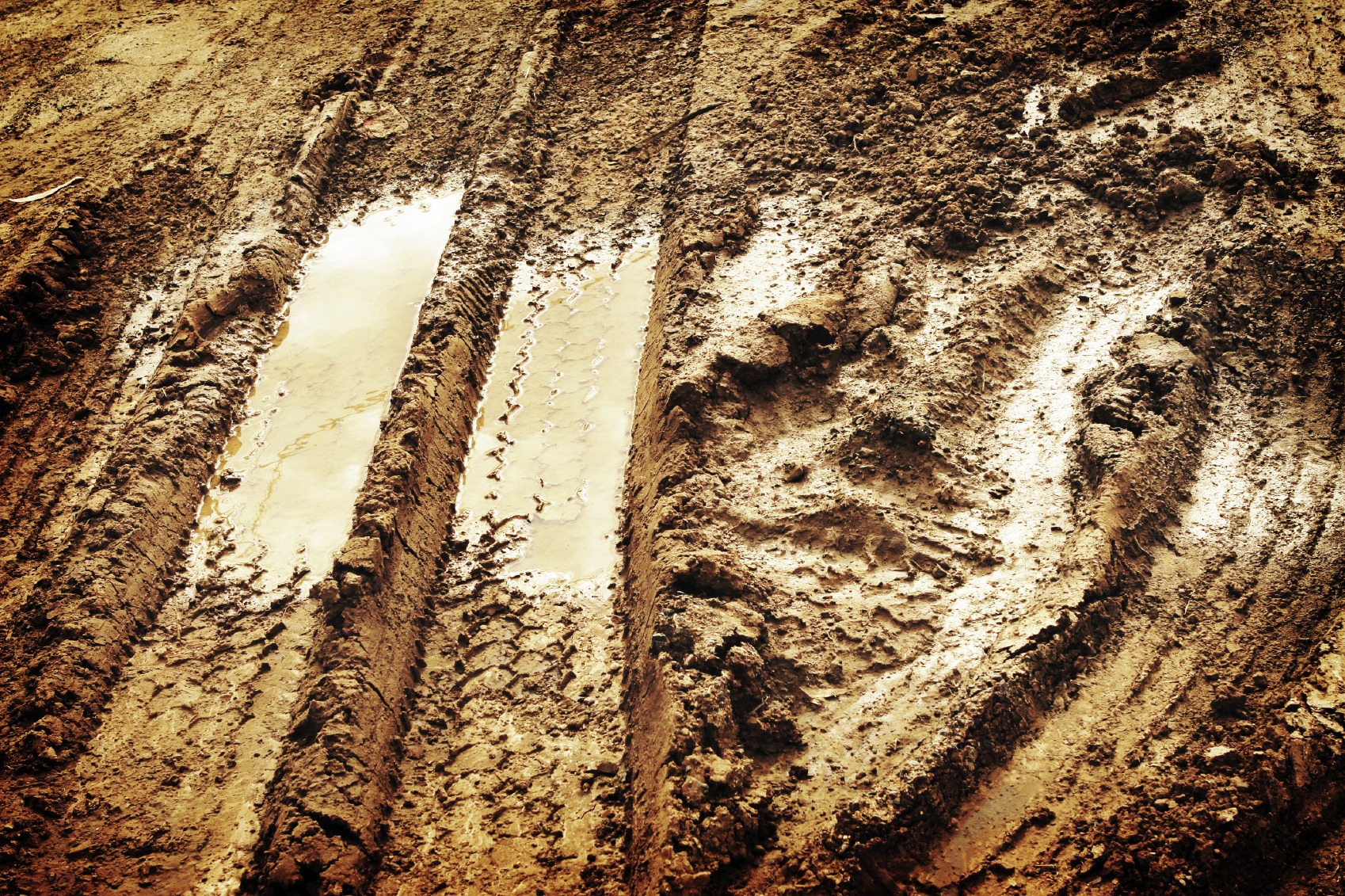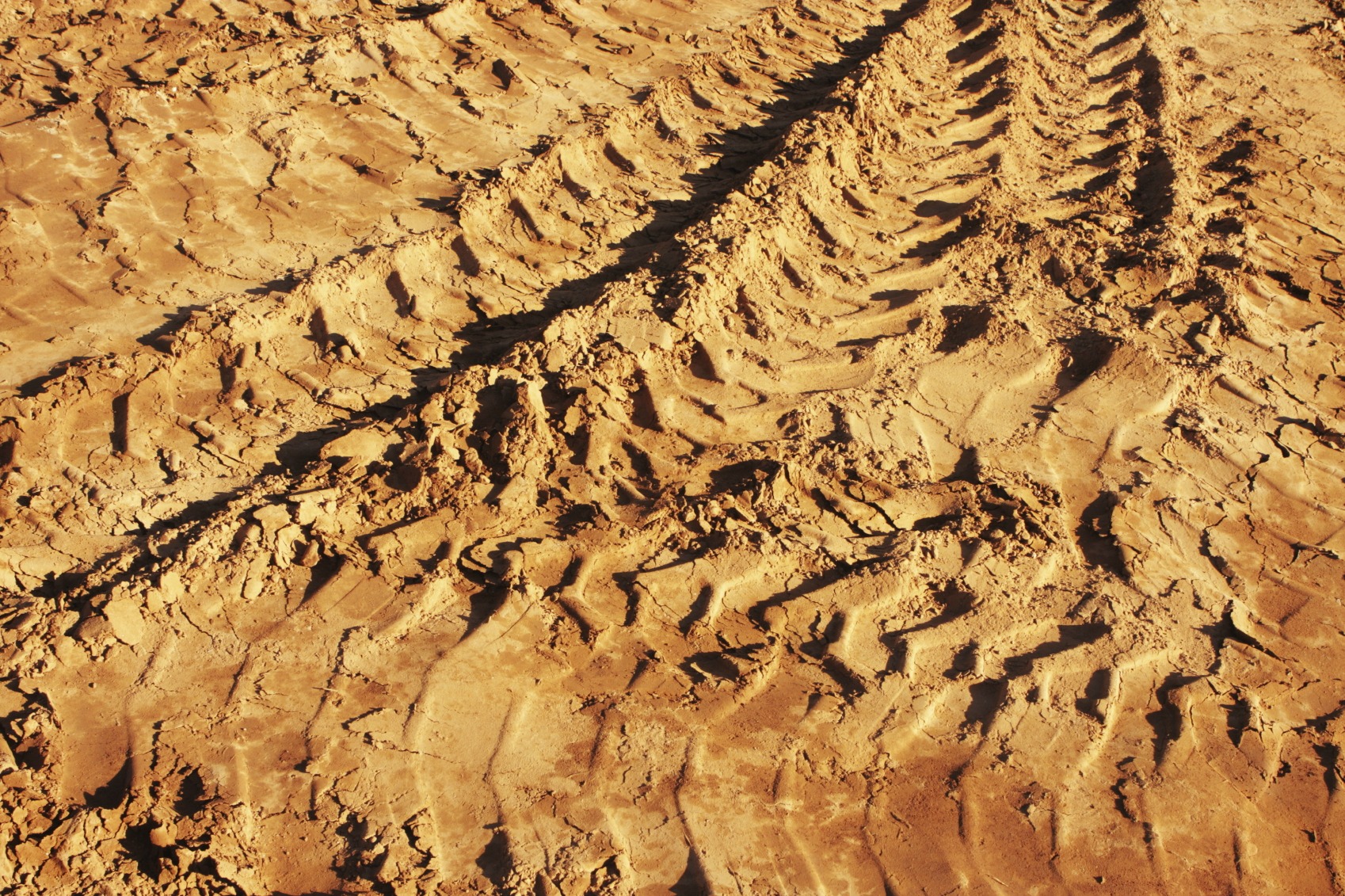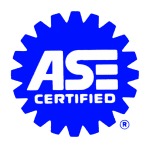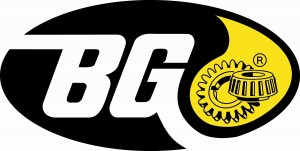S
kirting the western end of the Jamacha Valley is the old Campo Road – the modern day Highway 94. Named because it was the road to Campo, it linked downtown San Diego to Yuma Arizona in the days before cars and interstate highways. Built as an overland freight route, it carried supplies and mail from ships in San Diego Bay to the Army supply depot at Fort Yuma.
The first overland stage coach arrived in San Diego’s old town in 1857. It was a remarkable achievement at the time as it shortened the trip from the east coast via ocean steamer by months.
In 1870 regular scheduled stage service began on Campo Road. The stage left “new town” San Diego proceeded up Chollas Canyon, through Spring Valley entering Jamacha near the site of the first house built on the Mexican land grant known as “Rancho Jamacha.” The road crossed a portion of the valley on its way to the mouth of Steele Canyon. Its Sweetwater River crossing was accomplished at a stone bridge. The route through the Jamacha Valley was favored for its gentle inclines.
The trip from San Diego to Campo took one day complete with stops for horse changes in Steele Canyon and Dulzura. Regular stage service continued through 1912. Campo Road continued to be used by wagons but motor vehicles were increasingly seen along the dirt road. The Model T Ford had been introduced in 1908.
In 1915 the County of San Diego purchased property in the Jamacha Valley for a road maintenance station. In 1928, Campo Road became the first paved road in the Valley. The old stone bridge was replaced with a steel truss structure. And the road to Campo was officially designated Highway 94 – a state highway.
From a resident’s perspective there were two major roads into the Jamacha Valley – the road to San Diego (Campo Road) and the Road to El Cajon (Jamacha Road). Known today as State Route 94 and State Route 54 respectively, these two roads crossed at Jamacha Junction. They were the commercial arteries for a thriving “truck farm” and ranching community supplying a wide variety products for the local market. They also allowed for delivery of crops like olives to the Gifford cannery in San Diego and then to a national market.
Campo Road and Highway 94 brought commerce both through and to the Jamacha Valley. The valley became a popular outing for weekend travelers wanting a drive “in the country.” Catering to the motoring public led to the opening of a store and gasoline station at Jamacha Junction. A feed store, dance hall and other businesses would follow.
A rail line never reached Jamacha, but two rail terminals could be found in neighboring Spring Valley. One rail line ran through Lemon Grove and on to the waterfront at San Diego. The other went to National City.
Read More about the History of Highway 94
Visit Hwy94.com
Jamacha History
This web page is presented as a community service to the people of San Diego’s East County. For more history of the Jamacha Valley visit Jamacha History.









